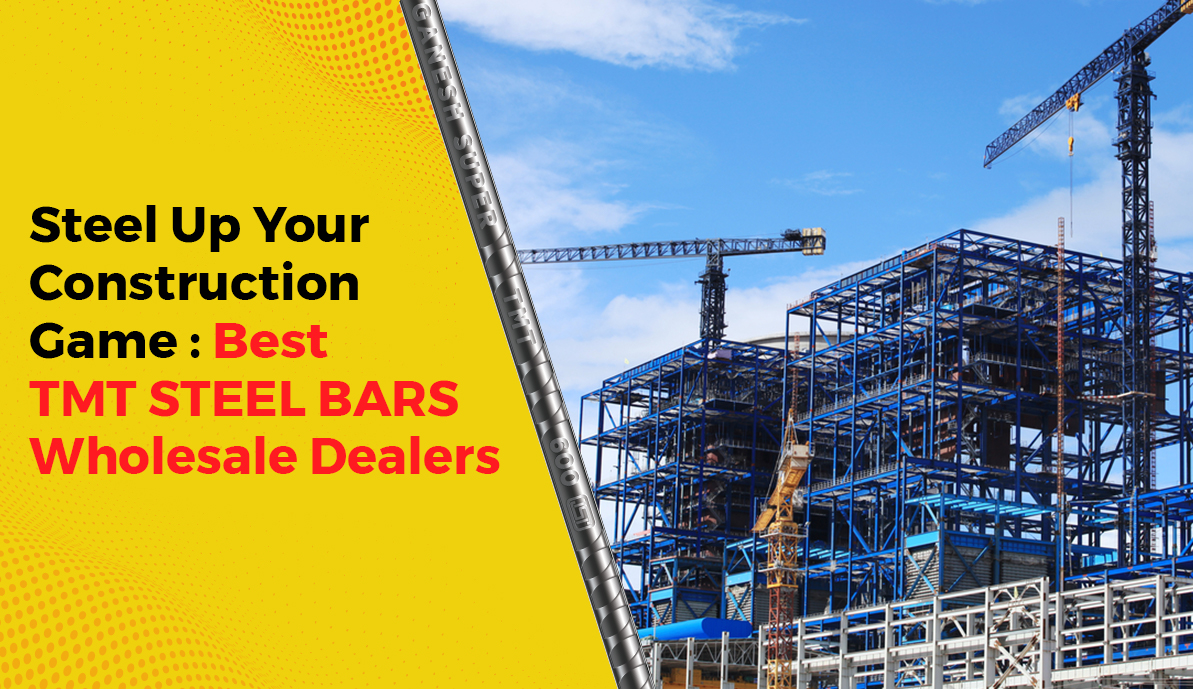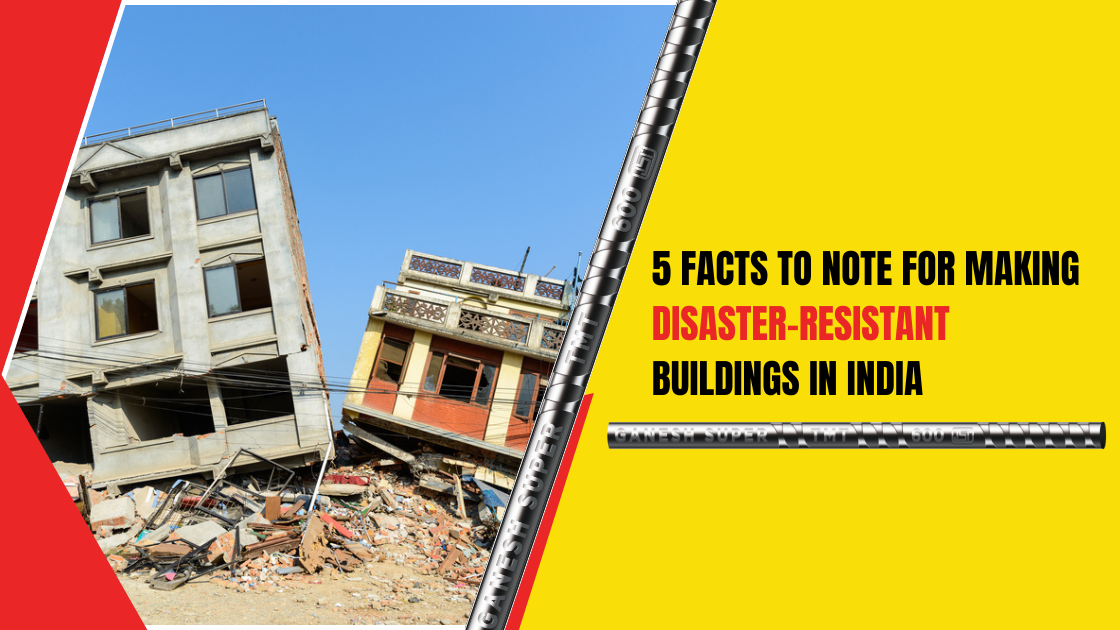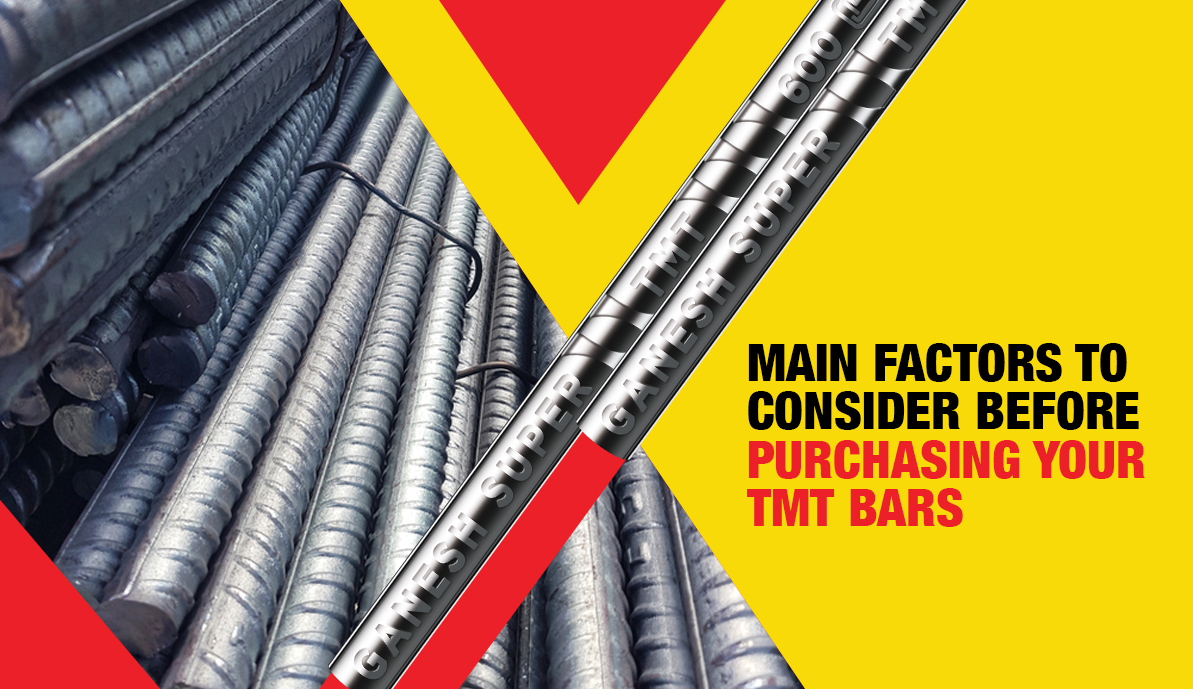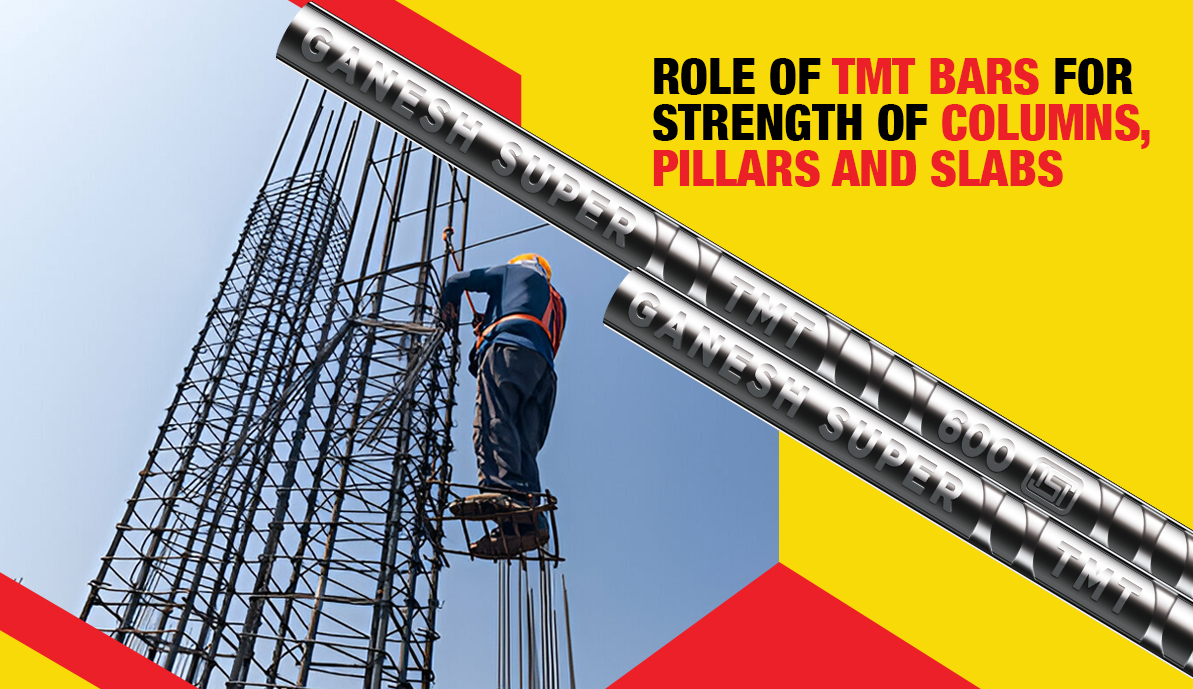TMT bars have become a popular choice in the construction industry worldwide. Indian construction sector utilizes TMT bars manufactured from Italian patent technology as the industry tolerates no errors. Some of the best TMT steel bars wholesale dealers conduct quality tests and investigations to validate their capability of withstanding higher temperatures or humidity. If you are intrigued about what factors of TMT bars offer resistance to a higher temperature or corrosion, this article is for you. The information in the article helps you make a wise decision when you purchase TMT bars for your construction project.
Steering Up the Entire Power with TMT Bars:
How do TMT bars make a difference? They help structures withstand natural disasters on a large scale! The manufacturing process makes all the difference. Consider the following threats to building structures:
Fire – How the Components Added in TMT Bars Affect Its Behavior:
Residential units or any urban setting suffers higher temperature exposure and fire hazards. Even after implementing fire combating technologies, building structures with TMT bars capable of withstanding higher temperatures is essential. Fire can cause damage to the entire stability of the frame, where the temperature can range between 450-600 degree Celsius.
The proper composition of TMT bars is crucial in the event of a fire. The condition makes it susceptible to crumble and collapse, especially when the building is on fire. For instance, consider the carbon content in the TMT bars; excess carbon in the TMT bars has the potential to get oxidized when exposed to a higher temperature, which could weaken the bars and, thereby, the overall structure.
On the other hand, the composition of manganese, silicon, and sulfur is added to give more strength to TMT bars, but it starts melting when exposed to higher temperatures. The melting of these components causes the bars to lose their shapes.
Similarly, Phosphorous affects the behavior of the TMT bars when exposed to higher temperatures. Therefore the nation has imposed a set of regulations to control the composition of these components used in the manufacturing of TMT bars.
The Bureau of Indian Standards sets the standards to regulate the composition and quality of TMT bars where the carbon content should be between 0.20-0.30%, the manganese should not surpass 1.50%, silicon should be less than 0.80%, and sulfur and phosphorous should be less than 0.050%.
The limitations ensure that the TMT bars don’t cause profound implications or adverse effects during a fire or any other natural hazards. Therefore the manufacturing of TMT bars focuses not just on the quality or desirable features but also on safety measures.
Rain:
The reinforcement bars in the buildings release chloride ions that can penetrate into the concrete and cause cracks in the concrete. The humid climate facilitates the migration of chloride ions. Therefore the regions with higher humidity demand TMT bars with superior quality and chromium, copper, and phosphorous layered on them; these moisture-resistant chemicals help the TMT bars to withstand corrosion.
Do You Know How Corrosion Affects the TMT Bars and Structures?
When the TMT bars are not coated with protective material, it reacts with the atmospheric oxygen and moisture and catch rust or forms a rust layer on the surface of the TMT bars. The rust layer corrodes the bars. When you purchase TMT bars from the Best TMT Bars Company in your location, you should inquire about the measures they take to prevent corrosion of TMT bars. Do they apply a coating in the form of epoxy, polyurethane, and other materials? These preventive materials create a barrier between the TMT bars and the surrounding environment. Therefore it is crucial to inspect whether or not the protective layer is applied to the TMT bars before the purchase.
What Else Happens to The TMT Bars on Exposure to Higher Humidity?
The ribbed surface of the TMT bars enhances the reinforcement with the concrete; this adds to the load-bearing capacity as well. Unfortunately, when the reinforced bars without proper protection are exposed to moisture catch rust and fill in the gaps between the ribs, and they lose their effectiveness of the ribs. Due to this, the reinforcement is lost.
You should also consider the bonding strength of TMT bars as flood-prone areas or regions that receive higher rainfall are subjected to buoyancy forces.
What Else Should You Notice?
Check the composition of TMT bars! Higher iron content in TMT bars increases the probability of interacting with oxygen and oxidization. Manufacturers address the issue by adding metals like chromium and nickel to the molten steel.
They also ensure the right proportion of materials is added to strike a balance between strength and anti-corrosion properties.
There are other natural calamities that put the constructions to risk. However, the strength of the TMT bars is derived from the proper manufacturing process.
What Happens During Thermo-Mechanical Treatment?
The Thermo-mechanical treatment brings a rugged exterior and soft interior, which is crucial for flexibility and durability to withstand stress. What do the manufacturers do to get the strength?
We’ll Break Down the Process for You.
Raw steel, in its purest form, is not used for this thermo-mechanical process. The raw steel is cast into specific shapes, generally square, and is called steel billets. The steel billets are passed into the furnace through a rolling mill stand, where they are exposed to a temperature of approximately 1200 degrees Celsius to 1250 degrees Celsius.
The temperature is crucial for it prepares the steel billets for hot rolling. Then the hot raw materials enter the roughing mill and then to the intermediate mill, where they are rolled to desired diameters such as 25mm, 20mm, 16mm, 12mm, 10mm, and 8mm.
After the rolling process, they are immediately exposed to continuous high-pressure water that hardens the outer surface. Now after the hardening of the surface into martensite, the TMT bars become hard and highly resistant to pressure and stress. At the same time, the core of the bar is still austenitic, which is essential for its ductility. You need the TMT bars to be highly flexible for elongation and elevate their ability to withstand load-bearing capacity in large structures such as dams, higher-rise buildings, or flyovers.
The final procedure is passing the bars through unique cooling beds, where the core transforms into ferrite-pearlite crystal structures. The ferrite pearlite structures have higher ductility, and the microstructure of TMT bars is well aligned.
The entire process prepares the TMT bars for higher torsional stress and corrosion resistance.
Moreover, the strength obtained through the thermo-mechanical process where eliminates the necessity of additional bars for the construction. Do you know that the CTD bars manufactured from the same quality steel are 20% lesser in strength than TMT bars?
It is also because of the unique design! The ribs on the surface improve reinforcement in buildings, and the soft pearlite structure of the core helps in elongation and weldability.
It’s not just the treatment; the quality, control over the composition, and standards matter the most. Therefore when you are selecting a TMT bar supplier or manufacturer, understand their manufacturing procedures and quality standards and check whether they abide by the Bureau of Indian Standards.
Conclusion:
The luster and longevity of the structure lie in the strength of the framework. Choosing the suitable grade and quality TMT bars saves lives. Considering the rising cost of construction materials, investing in sustainable and long-lasting TMT bars for your construction is wise. Therefore, consider the tips and information discussed in the article so that you can choose the best TMT bars for your construction project.





